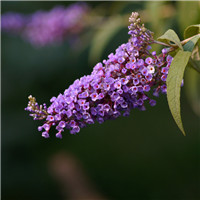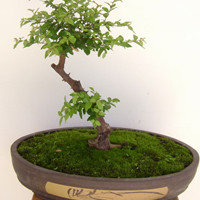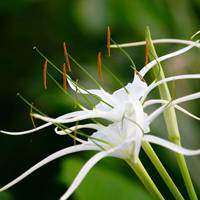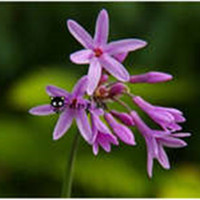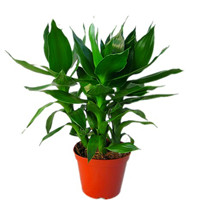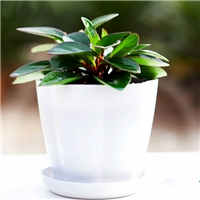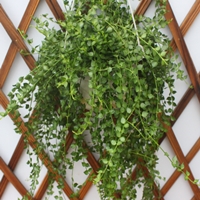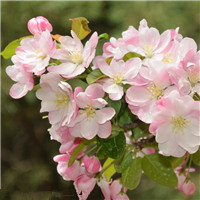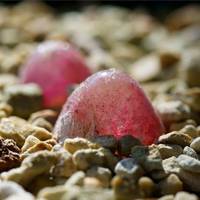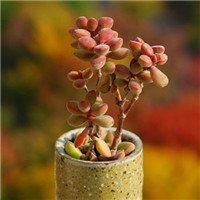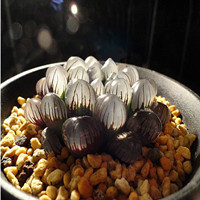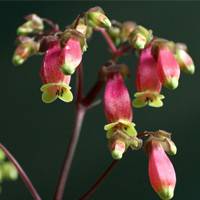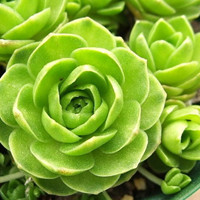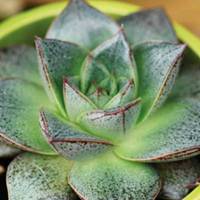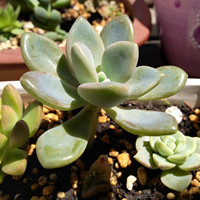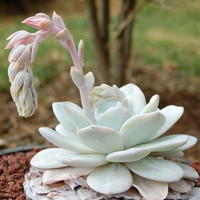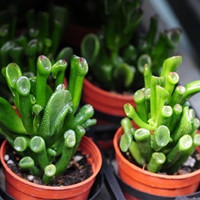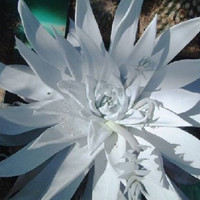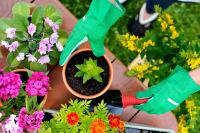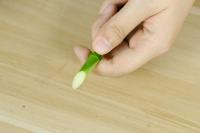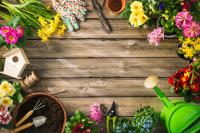How to Pot Plants
Potting plants is a fun and rewarding activity that can help brighten up your home and improve your mood. Whether you are new to gardening or a seasoned veteran, this guide will provide you with step-by-step instructions on how to successfully pot plants.
Gather Supplies
The first step in potting plants is to gather all of the necessary supplies. You will need:
A plant pot
Potting soil
A trowel or small shovel
A watering can or spray bottle
Your plant of choice
Once you have all of your supplies, you are ready to begin potting your plant.
Prepare the Pot
The next step is to prepare your pot. If your pot has drainage holes, make sure they are clear and not blocked with soil. If your pot does not have drainage holes, you can drill them yourself or use a layer of gravel or Styrofoam at the bottom of the pot to allow for drainage.
Add Potting Soil
Once your pot is prepared, it is time to add the potting soil. Fill the pot about 1/3 of the way full with potting soil. Make sure the soil is evenly distributed and pressed down lightly to remove any air pockets.
Plant Your Plant
Next, it is time to plant your chosen plant. Gently remove the plant from its original pot and place it in the center of the pot with the soil. Fill the remaining space in the pot with potting soil, making sure to leave a small gap between the top of the soil and the rim of the pot. This gap will allow for easy watering.
Water Your Plant
Finally, it is time to water your plant. Give it a good, thorough watering until the soil is evenly moist. You may also want to mist the leaves with a spray bottle to help keep them hydrated.
Care Tips
Now that your plant is potted, it is important to take care of it properly. Here are a few care tips to keep in mind:
Make sure your plant is getting the right amount of sunlight. Most plants prefer bright, indirect sunlight.
Water your plant regularly, but be careful not to overwater it. Check the soil before watering to make sure it has dried out slightly.
Fertilize your plant once a month to give it the necessary nutrients to thrive.
Keep an eye out for any pests or diseases that may affect your plant. Early detection is key to preventing the spread of pests or disease.
By following these simple steps and caring for your plant properly, you can enjoy a thriving, beautiful indoor garden that will brighten up your home and improve your mood. Happy planting!

 how many times do yo...
how many times do yo...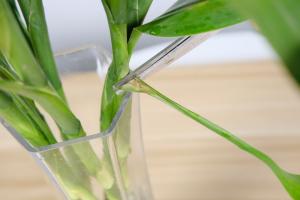 how many planted tre...
how many planted tre...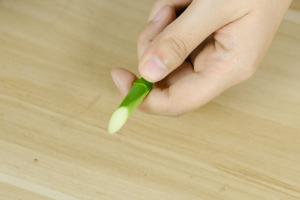 how many pine trees ...
how many pine trees ... how many pecan trees...
how many pecan trees...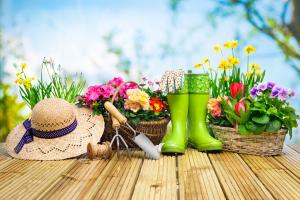 how many plants comp...
how many plants comp...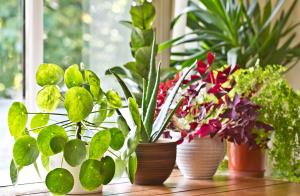 how many plants can ...
how many plants can ...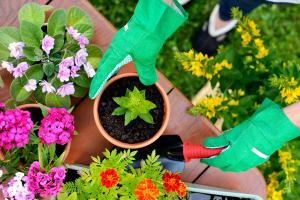 how many plants and ...
how many plants and ...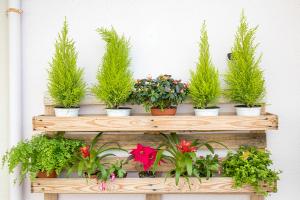 how many pepper plan...
how many pepper plan...